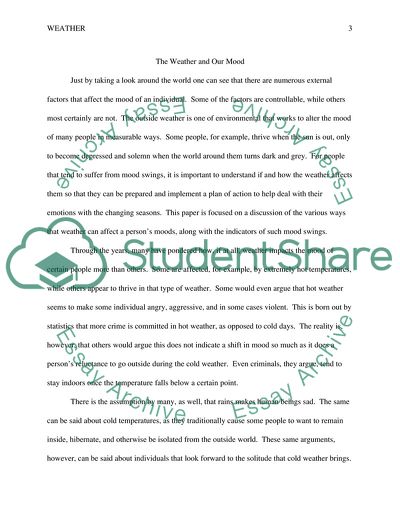Cite this document
(The Weather and Our Mood Coursework Example | Topics and Well Written Essays - 2500 words, n.d.)
The Weather and Our Mood Coursework Example | Topics and Well Written Essays - 2500 words. https://studentshare.org/psychology/1845742-psy-research-paper
The Weather and Our Mood Coursework Example | Topics and Well Written Essays - 2500 words. https://studentshare.org/psychology/1845742-psy-research-paper
(The Weather and Our Mood Coursework Example | Topics and Well Written Essays - 2500 Words)
The Weather and Our Mood Coursework Example | Topics and Well Written Essays - 2500 Words. https://studentshare.org/psychology/1845742-psy-research-paper.
The Weather and Our Mood Coursework Example | Topics and Well Written Essays - 2500 Words. https://studentshare.org/psychology/1845742-psy-research-paper.
“The Weather and Our Mood Coursework Example | Topics and Well Written Essays - 2500 Words”. https://studentshare.org/psychology/1845742-psy-research-paper.


